
If you are a first-time chinchilla owner, you may be looking for advice on how best to care for your new pet. While there are many sources of information on the internet, some of the information might not be accurate or may even contain information that can be harmful to chinchillas. Here, we will provide you with lots of advice for first-time chinchilla owners to help you raise happy, healthy chinchillas.
Do chinchillas like to be held?
Most chinchillas can be trained to tolerate being touched and held, but they do not always enjoy it. Chinchillas are prey animals and can become easily frightened, so it is important to handle them gently and respectfully.
We recommend being patient with gradual and consistent handling on their terms, allowing them to come to you rather than trying to touch them or pick them up. Try not to put your hand into their sleeping area; this is their safe space, and doing so will stress them out and make them scared.
Bonding with a chinchilla can take many months, but you can help the process along by allowing your chinchilla to smell you; they are quite good at remembering what you smell like, and they may even lick you or give you a little nibble.
You can also offer some treats, but always remember to present your hand under the chin instead of over the head, as this is less threatening; in their eyes, something coming from above is likely going to eat them.
It is best to limit handling your chinchilla if they become too stressed or are not happy with being held. Some chinchillas are just not cuddly, and no amount of bonding will change that.
Do chinchillas bite?
Yes, chinchillas can bite if they feel threatened or frightened. However, they are generally docile and only bite as a last resort. Proper handling and socialisation can help minimise biting behaviour in chinchillas. They do like to nibble, but this doesn’t hurt. Female chinchillas do have a rather unique defence mechanism: if they feel threatened, they can pee in your face, so be warned.
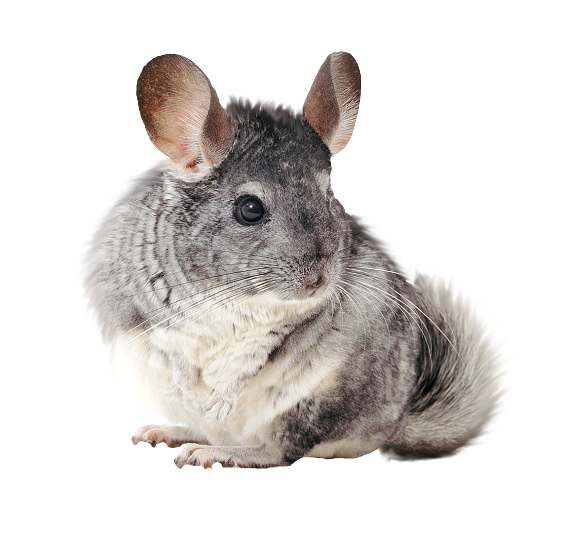
Are chinchillas considered a low maintenance pet? click here to find out.
Chinchilla cage requirements

In this section, we will talk about cages. Chinchillas should feel safe and protected with lots of accessories so they can move around, climb, and play without hurting themselves. The cage will also need to be chewproof, as chinchillas have strong teeth and will chew anything you put in it.
Chinchilla cages
It’s important to give your chinchillas a big enough cage and things to keep them busy, like ledges, enrichment toys, a litter box, a hay rack, and multiple hides. The cage should be chew-proof and have a solid floor, unless the wire is 16 gauge and 3/4 x 3/4 inch squares.
We recommend a cage that is at least 90 cm wide, 60 cm high, and 45 cm deep to accommodate a pair of chinchillas. A hayrack, water bottles, multiple hides, ledges, shelves, and other items should all fit inside of it. You can also provide a litter pan because chinchillas can be trained to use it.
If you have a wire bottom cage, you will need to provide some softer places where your chinchilla can rest its feet. You can do this with ledges and soft hammocks made from anti-pill fleece. You can line the solid bottom cages with anti-pill fleece, kiln-dried aspen, or pine shavings; you can also use tiles.
If you choose a tall cage, you will need to make sure that you provide your chinchillas with lots of shelves and ledges that will help to reduce any chance of them falling and hurting themselves. Split-level cages are best, as they usually come with trays and shelves that break up each level.
If the cage comes with plastic shelves or ledges, they will need to be covered with anti-pill fleece. Anti-pill fleece is safe for chinchillas, but plastic isn’t, and it can cause impaction and even death if ingested. Metal ladders are dangerous for chinchillas and will need to be taken out or covered with anti-pill fleece.

Do chinchilla cages need to be cleaned often?
Yes, chinchilla cages should be cleaned often. We recommend that you clean the cage every day. Chinchillas poop a lot, and the cage can become dirty very quickly. Cleaning your chinchilla cage regularly helps to maintain good hygiene and health of your chinchilla, as well as preventing bacteria.
If you have a wire bottom cage, you may need to clean it less often as the droppings will likely fall through. You can train your chinchillas to pee in a litter tray, which will help keep the cage cleaner; however, they can’t be trained to poop in the litter tray. If you have fleece-lined cages, you will need to remove the fleece every 2–3 days for washing to prevent bacteria from building up.
Chinchillas don’t smell, but a cage that is not cleaned regularly can start to smell. To prevent this, it is important to clean the cage regularly and provide fresh bedding, food, and water.
Chinchilla food

In this section, we will cover the chinchilla diet. Feeding the correct food to a chinchilla is essential for maintaining a healthy digestive system, wearing down teeth, and providing them with nutrients that they would usually get in their natural environment. A chinchilla’s diet is pretty simple compared to that of other common domestic animals like rabbits or hamsters. It includes hay and pellets specially made for chinchillas, with some optional treats and chews.
What real foods can chinchillas eat?
Chinchillas don’t eat any real food like fruits, vegetables, nuts, or seeds due to their high sugar content. Fruits and vegetables can cause long-term health issues like diabetes and seizures. It can also cause digestive and dental issues, so all are best avoided.
Can chinchillas have treats?
Hay
- Alfalfa
- Oat grass
- Readigrass
- Timothy hay
Cereals & other
- Shredded wheat
- Plain rolled oats
- Dried rosehips
Dried flowers
- Cactus flower
- Calendula
- Marigold
- Lavender
- Camomile
- Dandelion
- Hawthorn
- Apple Blossom
- Hibiscus
- Rose petals
- Jasmine
Dried Herbs
- Peppermint
- Nettle Leaf
- Raspberry Leaf
- Blessed Thistle
- Linden Leaf
- Thyme
- Basil
- Oregano
- Alfalfa Leaf
What wood is safe for chinchillas?
Not all wood is safe for chinchillas. However, a good rule of thumb is that wood that comes from trees that produce fruits with seeds inside, like apples and pears, is safe, whereas trees that produce fruits with stones, like citrus and cherries, are not safe.
Here are some safe woods for chinchillas:
- Apple
- Pear
- White pine (kiln dried)
- Yucca
- Ash
- Kiwi
- Bamboo
- Hazel
Avoid giving chinchillas chews made of toxic materials or items that have been painted or treated with chemicals; everything that goes into the cage is a chew for chinchillas, so they will eat it. Most of this wood is commercially available, but you can make your own. You can do this by cleaning and boiling the wood, then baking it until it is completely dry.
Other safe chews for chinchillas
- Unflavored straw or hay mats (check for added sugar)
- Pumice stone
- Pinecones (must be fully dried with no sap)
Chinchilla exercise

In this section, we will discuss chinchilla exercise requirements. Chinchillas need daily exercise to stay healthy and prevent boredom. They can get exercise by playing with toys, running on an exercise wheel, and having supervised playtime outside of their cage. Chinchillas are very active and agile creatures, so providing them with opportunities to play and run around is essential for their physical and mental well-being. Outside playtime will also be beneficial for the bonding process.
How much does it cost to own a chinchilla per year? click here to find out.
Do chinchillas need exercise?
Yes, chinchillas need some exercise. They are active, curious animals that need space to move, climb, and play. It is important to provide a variety of toys and opportunities for exercise to prevent boredom and promote overall health and wellbeing.
Here are some ways to provide exercise for a chinchilla:
- Provide a safe, sturdy wheel for your chinchilla to run on
- Offer climbing toys and platforms for your chinchilla to climb and explore
- Allow your chinchilla daily playtime outside the cage to run, jump, and explore a safe area under supervision
- Place hiding spots and tunnels in the cage for your chinchilla to play and explore
Chinchilla exercise safety
Chinchillas like to use an exercise wheel to maintain health and reduce boredom, but you should wait until they are six months old before introducing an exercise wheel to the cage. Younger chinchillas have trouble controlling their temperatures and can easily overheat; they are also more likely to get hypoglycemia.
If you provide an exercise wheel, we highly recommend using one that is 14 to 16 inches; any smaller and your chinchilla will be forced to arch their back, which can cause scoliosis.
You can purchase wooden wheels, but for hygiene purposes, a metal one is much better. There’s no chance of them chewing a metal one, and you won’t have to discard it if they develop an infection like ringworm. Avoid mesh-style exercise wheels, as they can cause an injury to your chinchilla’s feet. The same can be said for exercise balls; they are not suitable for chinchillas.
Chinchilla playtime outside the cage
Chinchillas don’t need to be let out of the cage, but it can be a good bonding experience for you both. If you do want to let them have time out of the cage, you should wait until they reach 6 months of age. As mentioned above, younger chinchillas are prone to overheating and hypoglycemia.
We recommend around 15 to 20 minutes of playtime, 2 to 3 times a week, but you should start at 5 minutes each time, gradually building up over a couple of weeks. Introducing playtime gradually will not only help them to regulate temperatures, but it will also help them build up a tolerance to hyperglycemia.
For the safety of your chinchilla, we recommend setting up a small playpen with places where your chinchilla can hide if they get spooked. Chinchillas prefer smaller spaces where they can feel safe rather than being allowed to roam freely. Having a smaller, more contained space will make it easier to catch them and put them back in their cage if they get spooked.
Chinchilla temperature & dust baths

In this section, we will discuss the importance of maintaining cool temperatures and dust baths. Chinchillas have very specific needs when it comes to maintaining the correct temperature. They also need to have regular dust baths to keep their fur and skin healthy.
What temperature do chinchillas need?
Chinchillas originate from the Andes Mountains in South America, where the weather is cool and dry. Because of this, they have developed a dense fur coat that helps keep them warm. Chinchillas do not sweat, which, combined with their fur coat, makes it difficult for them to regulate their temperatures in warmer climates. High temperatures can cause heat stroke and even death.
Symptoms of heatstroke in chinchillas can include
- Panting or heavy breathing
- Pink/red ears
- Drooling
- Lethargy or loss of energy
- Loss of appetite
- Dehydration (dry mouth, skin, and eyes)
- Muscle twitching or seizures
- Collapse or unconsciousness
If you see any of these signs in your chinchilla, take it out of its cage, put it in a carrier, and move it to a cool place to bring down its temperature, preferably in front of an open fridge or freezer. If your chinchilla is really suffering, you can place it inside the fridge, keeping the door open.
This next part goes against all of the rules when it comes to chinchilla care, and it should only be a last resort. In some circumstances, it may be necessary to put your chinchilla in cool water. Before using this method, you could try to cool them down using a damp cloth applied to their ears. Chinchillas will attempt to bring their temperature down by sending hot blood to the ears. Applying a cold cloth to the ears can help cool the blood quicker, which will help lower their overall temperature. It is essential that you do not put your chinchilla in freezing cold water or add ice to the water, as this can lead to shock and even pneumonia. Speak to a vet who can advise you on what to do next.
It can take a few hours for a chinchilla’s temperature to return to normal, and you should not return them to the cage until the room becomes cooler. The ideal temperature for a chinchilla is between 50° and 70° F (10° and 21° C).
Here are some things you can do to keep your chinchilla cool:
- Ensure that your chinchilla’s living area is cool, well-ventilated, and has good airflow.
- Make sure the cage is not placed in direct sunlight or near any sources of heat, like radiators or heat vents.
- Use an air conditioning unit to keep the room cool. Avoid using fans, as they circulate warm air.
- Make sure your chinchilla has access to fresh water at all times. Hydration is important for preventing dehydration and heatstroke.
- Hang a thermometer near the cage so you can monitor the temperature at all times.
Can you give a chinchilla a bath with water?
No, chinchillas should never be given a bath with water. Chinchillas have dense fur, so moisture can get trapped against their skin, creating a perfect breeding ground for bacteria and fungus. Chinchillas clean themselves naturally by rolling around in the dust. The dust helps to remove oil and moisture from their fur without causing harm. If your chinchilla does get wet, you can use a dry towel to gently blot the fur, but never be tempted to dry them using a hair dryer.
What is a chinchilla dust bath?
A chinchilla dust bath is a shallow container filled with fine dust, usually made from volcanic ash, where the chinchilla rolls and rolls to clean its fur. Chinchillas need dust baths because their dense fur is prone to developing skin oils and moisture, which can lead to skin irritation and infections if not removed.
Chinchillas typically need a dust bath 2-3 times a week. The dust should be safe, non-toxic, and specifically made for chinchillas. Some types of dust or sand can be harmful to their respiratory systems or cause skin irritations. Chinchilla dust can be reused as long as they haven’t peed in it. Remove any poop straight away and replace the dust entirely after 1-2 weeks.
A step-by-step chinchilla dust bath
- Fill a shallow container with 1-2 inches of chinchilla dust
- Place the container in the cage where the chinchilla can sniff and explore the bath
- Allow your chinchilla to roll and play in the dust for about 15 minutes
- Remove the dust bath from the cage until the next bath
It is essential that you never use water, soap, shampoo, or any other cleaning products on your chinchilla or in the dust bath. Chinchillas’ skin and respiratory systems are sensitive, and these things can cause skin infections and irritate their eyes. There is one exception to this rule: you can add a small amount of athlete’s foot powder to the sand as a preventative measure for ringworm. Ideally, you want to use daktarin or one that contains tolnaftate.
You Might Also Like
How Much Does It Cost To Own A Chinchilla Per Year?
If you are considering getting a chinchilla, you may be wondering how much does it cost to own a chinchilla per year?

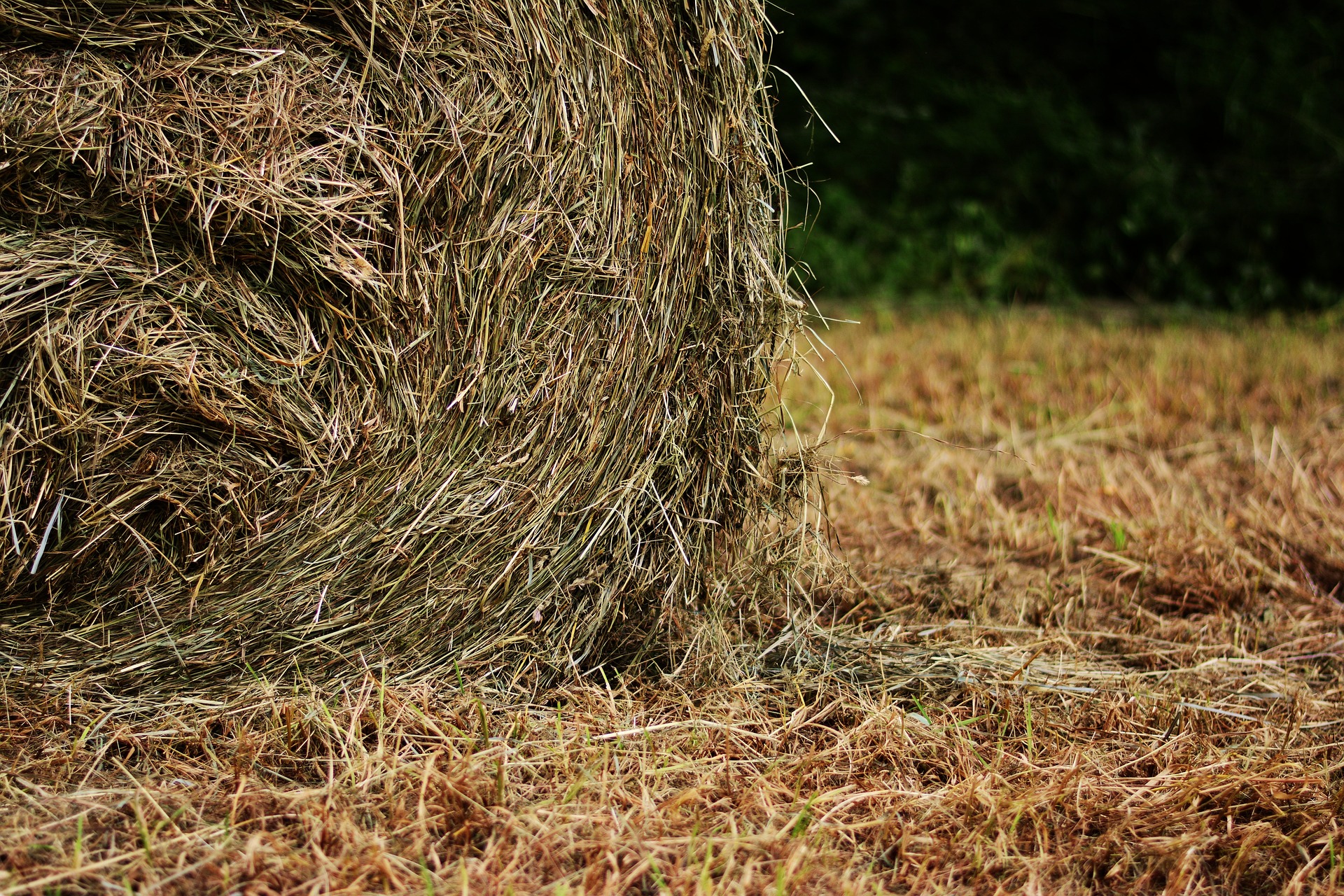


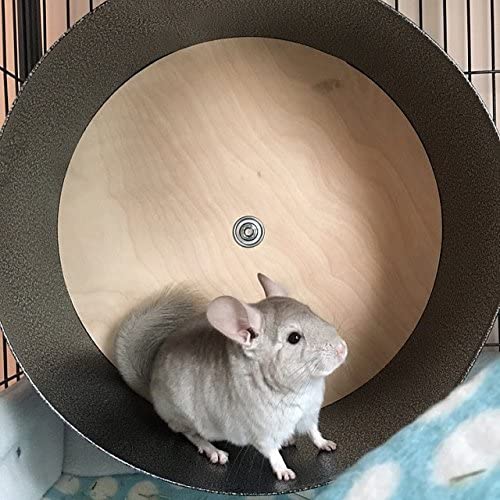


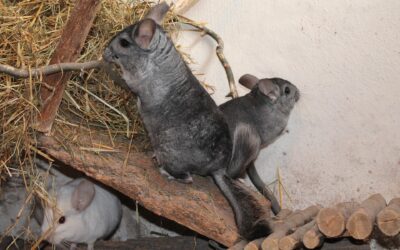

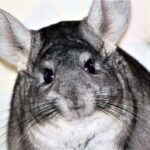
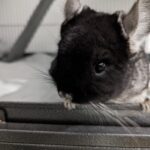


Recent Comments